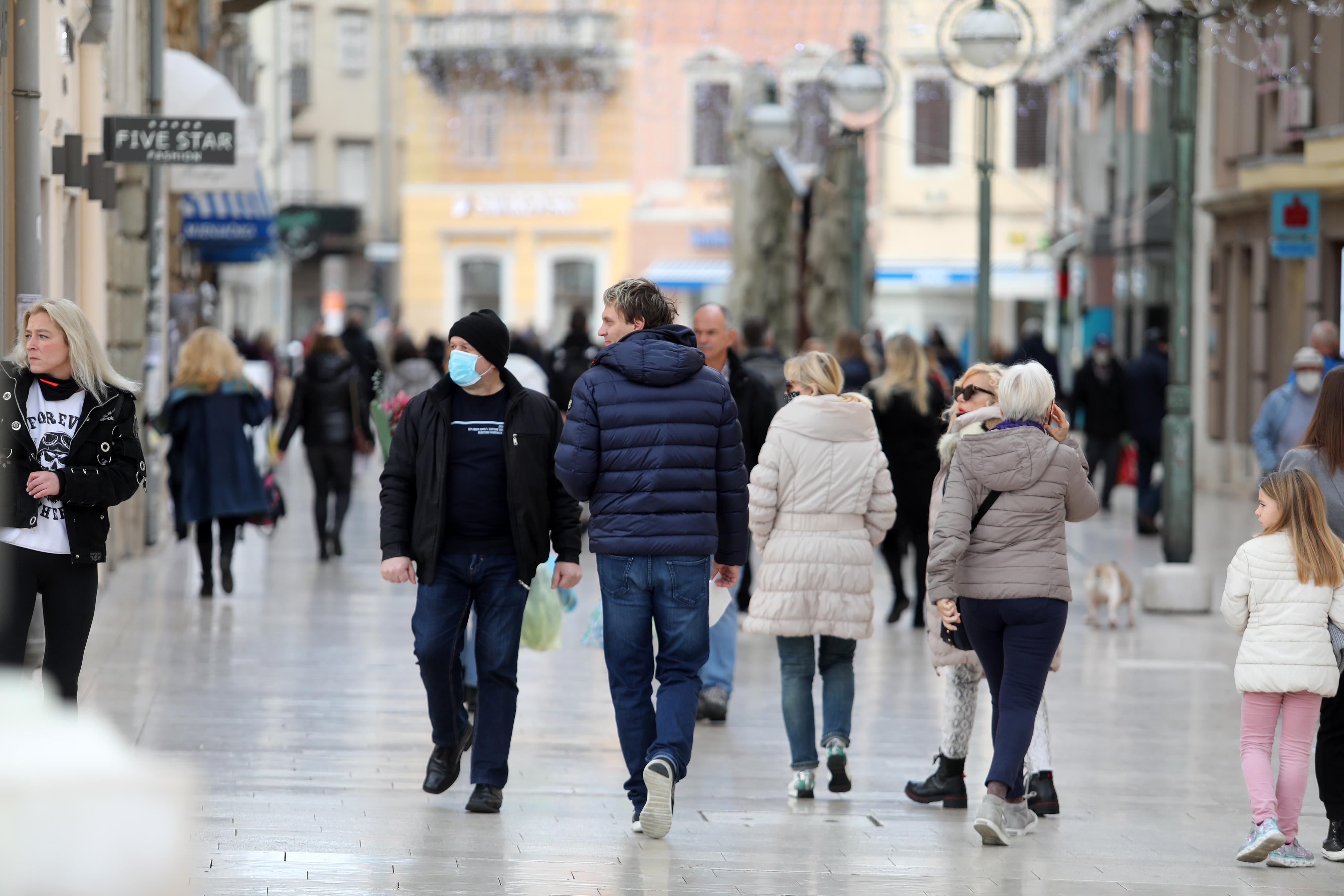
The at-risk-of-poverty rate in Croatia in 2023 amounted to 19.3 percent, according to the National Bureau of Statistics (DZS).
The Bureau's data reveals that older citizens, singles, single parents, and residents of Pannonian Croatia are primarily exposed to this risk.
The highest at-risk-of-poverty rate (according to NUTS regions) was recorded in Pannonian Croatia, standing at 29.4 percent, followed by Northern Croatia at 17.7 percent; Adriatic Croatia at 17.5 percent; and in the city of Zagreb at 10.5 percent.
According to DZS data, the at-risk-of-poverty threshold for a single-person household in 2023 was 5,924 euros, and for a household with two adults and two children under 14, € 12,440.
In terms of age and gender, the highest at-risk-of-poverty rate was recorded among individuals aged 65 or older, reaching 34.8 percent. Within this age group, the gender disparity is most pronounced, with the poverty risk rate among women standing at 38.8 percent, compared to 29.3 percent among men. The lowest at-risk-of-poverty rate was observed among individuals aged 25 to 54, at 12.6 percent. Among men in this age group, it was 12.8 percent, while among women, it was 12.5 percent.
In terms of household type, the at-risk-of-poverty rate was highest in households without dependent children, particularly in single-person households comprising individuals aged 65 or older, where the at-risk-of-poverty rate stood at 59.9 percent, and in female-headed households, where it was 56.5 percent.
Among households with dependent children, the highest at-risk-of-poverty rates were found in single-parent households, with the at-risk-of-poverty rate standing at 24.4 percent, and in households with two adults and three or more children, where the at-risk-of-poverty rate was 20.5 percent.
The at-risk-of-poverty rate indicates the percentage of individuals with disposable equivalent income below the at-risk-of-poverty rate threshold. It does not depict the actual extent of poverty but rather the proportion of individuals with income below the at-risk-of-poverty rate threshold, which is set at 60 percent of the median equivalent disposable income.
The average disposable income per household in 2023 was € 18,843 while the average equivalent disposable income was 10,891 euros.
According to figures provided by the State Statistical Office, 20.7 percent of citizens were at risk of poverty or social exclusion in Croatia in 2023. This indicator refers to individuals at risk of poverty or experiencing severe material and social deprivation or living in households with low work intensity.
As with the poverty risk rate, the poverty and social exclusion risk rate is highest in Pannonian Croatia, at 31.3 percent, followed by Adriatic Croatia at 18.9 percent, Northern Croatia at 18.6 percent, and the city of Zagreb at 11.9 percent.
Kakvo je tvoje mišljenje o ovome?
Pridruži se raspravi ili pročitaj komentare



 Srbija
Srbija
 Bosna i Hercegovina
Bosna i Hercegovina
 Slovenija
Slovenija







